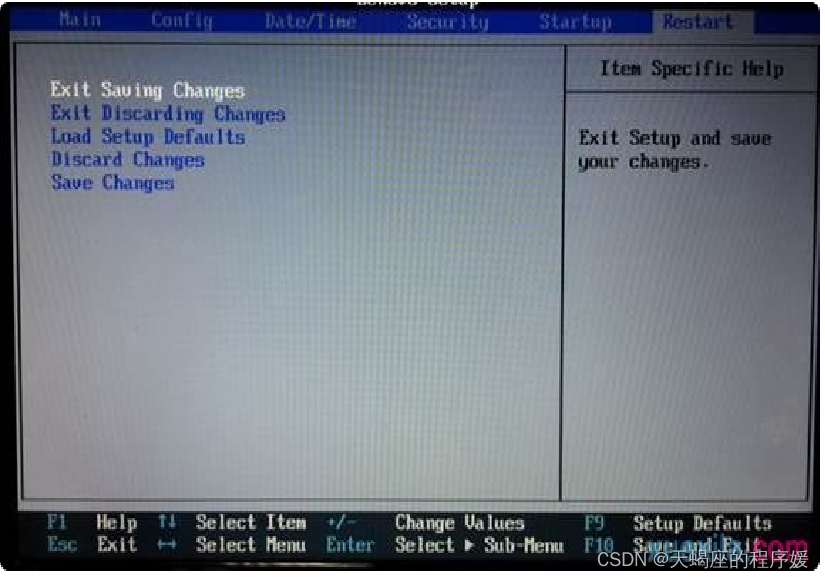Table of contents
1. Knowledge required by software engineers
2. The composition of the computer
1. Knowledge required by software engineers
Question 1: What are operation and maintenance engineers and implementation engineers?
The operation and maintenance engineer is responsible for the stability of the service, ensuring that the service can provide services to users without interruption.
Implementation engineers are responsible for project implementation and on-site training. Generally running outside, wherever there is a project, I will go there. Because after the product is sold, how to install it, how to arrange it, how to enter the initial information, these things need to be handled by the implementation engineer.
Question 2: What do operation and maintenance engineers and implementation engineers do?
Operation and Maintenance Engineer
Before the product release: Responsible for participating in and reviewing the rationality and operability of the architecture design to ensure efficient and stable operation after the product release.
Product release stage: Responsible for using automated technologies or platforms to ensure that products can be released and launched efficiently, and then can be quickly and stably iterated.
Product operation and maintenance stage : responsible for ensuring the stable operation of the product 7*24H, during which various problems can be quickly located and solved; in daily work, the rationality of system architecture and deployment is continuously optimized to improve the stability of system services .
Implementation Engineer
Including the installation, debugging and maintenance of commonly used operating systems, application software and software developed by the company, as well as a small amount of hardware and network work;
Responsible for on-site training: On-site software application training; Assist in project acceptance;
Responsible for initial confirmation of requirements;
Control the progress of the project;
Communicate individual needs with customers;
Responsible for project maintenance.
Question 3: What skills do operation and maintenance engineers and implementation engineers need to have?
Commonly used databases
Such as: Sql2000, sql2005, sql2008, Oracle, mysql; can install, debug, maintain, and use common functions inside, such as backup, restore, etc.
Common operating system
For example: Windows7, Windows8, Windows10, Windows xp
server operating system
For example: Window server 2008 will configure group policy, registry, shortcut keys, firewall, etc.; install sql and IIS under windows server, and be able to publish programs under IIS, and the same LAN can access the programs and port configurations released by IIS , hardware firewall, software firewall
Linux knows common commands, installs, debugs, maintains, and handles common problems. Install, uninstall, debug and maintain jdk tomcat mysql oracle under liunx, and can publish programs and shell scripts under tomcat;
hardware
Computer rooms, cabinets, network cables and optical fibers, PDUs, servers, network equipment, security equipment, etc.; understand computer configuration, and can easily determine problems and perform maintenance. All kinds of printers can be easily installed, debugged and maintained.
network
Understand the basics of the network, understand the establishment of a small local area network, understand integrated wiring, be able to make crystal heads, understand the difference between switches and routers, and be able to use them.
Office Software
Proficiency in using OFFICE and various remote tools Other requirements
2. The composition of the computer
1、CPU
1) main frequency
2) CPU cache (CPU cache is located in the temporary memory between the CPU and the memory, its capacity is smaller than the memory but the exchange speed is faster.)
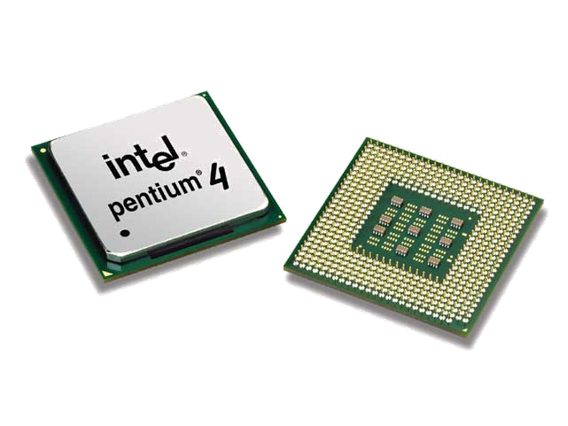

2、Memory
1) External memory: 2) Internal memory:
Storage is divided into internal storage and external storage. External storage is mainly U disk, hard disk, etc. Generally speaking, we will classify external storage as I/O devices. So the memory here we only refer to the memory.
Memory is one of the important components in a computer. It is a bridge to communicate with the CPU and a storage space that the CPU can directly address.






3. I/O input/output ports
Each device will have a dedicated I/O address to handle its own input and output information. Common I/O devices include cameras, hard disks, printers, mice, keyboards, etc.
The hard disk sends data to the memory through the I/O interface for processing by the CPU.





4. BUS system bus
The system bus is a transmission harness made up of wires. It is a common channel for cpu, memory, input, and output devices to transmit information. The various components of the host are connected through the bus, and the external devices are connected to the bus through the corresponding interface circuits, thus forming a computer hardware system.

Classified by function
Data bus: used to transmit data information.
Address bus: It is specially used to transmit addresses. Since addresses can only be transmitted from the CPU to external memory or I/O ports, the address bus is always unidirectional and tri-state, which is different from the data bus.
Control bus: used to transmit control signals and timing signals.
Classify by level
Internal bus: Inside the CPU, the bus used to transmit data between the registers and between the arithmetic logic unit ALU and the control unit is called the on-chip bus (that is, the bus inside the chip), such as I2C bus, SPI bus, SCI bus, etc.
System bus: Also known as internal bus or board-level bus, it is the bus between each plug-in board and the system board in the microcomputer, and is used for interconnection at the plug-in board level. Because the bus is used to connect the functional components of the microcomputer to form a complete microcomputer system, it is called the system bus. The microcomputer bus that people usually say refers to the system bus, such as ISA bus, PCI bus and so on.
External bus: It is the bus between the computer and external devices, such as IDE bus, USB bus, SCSI bus, etc.
Classified by transmission method
Serial bus: All signals are multiplexed with a pair of signal lines. The serial bus communication rate is relatively low, but it is more convenient and flexible in microprocessor circuits where the data communication volume is not very large. Such as USB bus, SPI bus, I2C bus, etc.
Parallel bus: Each signal has its own signal line. The communication speed of the parallel bus is fast and the real-time performance is good. However, due to the large number of ports occupied, the cost will increase. Such as ISA bus, PCI bus, etc.
5.1. Motherboard
The motherboard provides a series of joints for processors, graphics cards, sound cards, hard drives, memory, I/O devices and other devices to join. They are usually plugged directly into the relevant slots, or connected by wires. The most important building block on a motherboard is the chipset. The chipset is usually composed of North Bridge and South Bridge. These chipsets provide a common platform for the motherboard to connect different devices and control the communication of different devices.

5.2. Internal structure of the chassis

3. Operating system
Operating System (OS, Operating System):
A collection of programs that manage and control hardware and software resources in a computer system, and rationally organize computer workflows for user convenience



![]()

Operating system classification
Character-based interface - DOS, Unix, Linux


Graphical User Interface - Windows, Ubuntu


4. Knowledge about BIOS
Introduction to BIOS-1
Basic Input/Output System (BIOS) is a pre-installed program used during startup on Windows-based computers
Access method The entry method of each brand of computer is different, but usually there is a prompt at the bottom of the screen when starting up
Press Esc to enter SETUP Press F2 go to Setup Utility Press DEL to enter EFI BIOS SETUP Press Del run Setup Press F1 run Setup Press <F2> to SetupIn general, just del, Esc, F1, F2, F8, F9, F10, F11, F12 keys

Introduction to BIOS-2
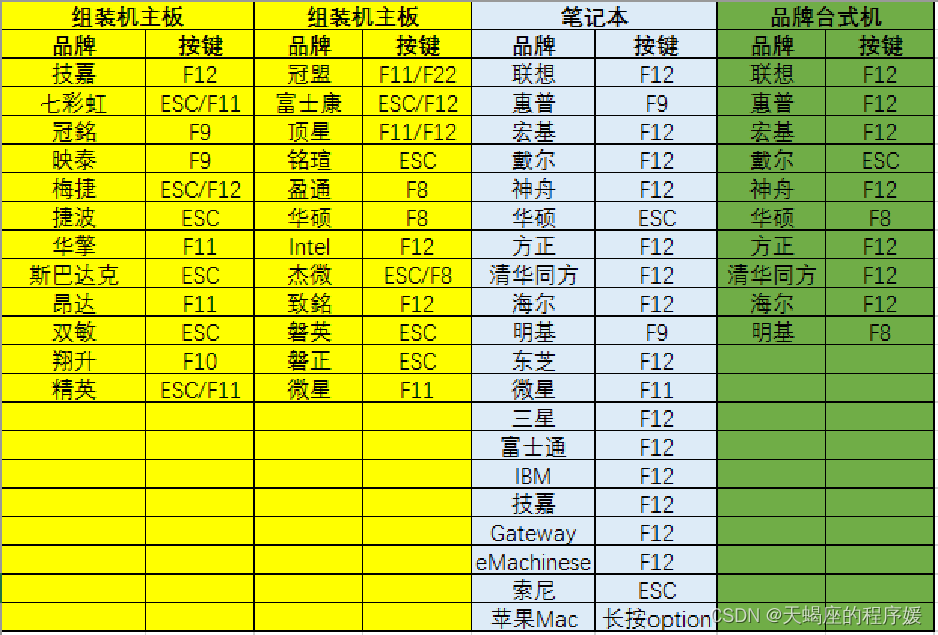
Getting Started with BIOS-3
The six tabs are: Hardware Information Settings Date Time Security Settings Startup Settings Restart
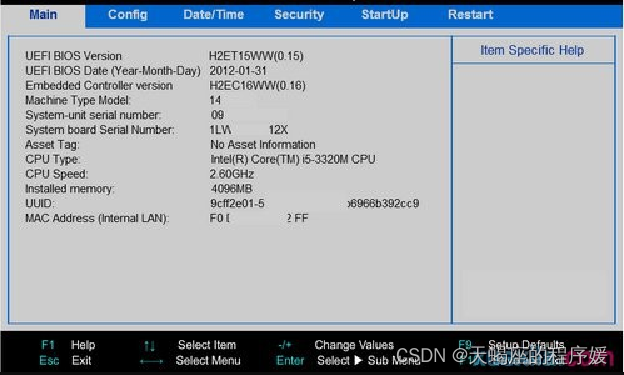
Main is mainly hardware information, including: bios version, production date, host number, CPU information, memory, network card physical address, etc. Config is the setting interface, including network, USB, keyboard, mouse, display, power supply, beep and alarm, hard disk Mode, CPU settings and other information
Getting Started with BIOS-4


Config is the setting interface, including network, USB, keyboard, mouse, display, power supply, beep and alarm, hard disk mode, CPU setting and other information
The functions of the three options of Network are
Wake On Lan function wake On Lan
The setting value is AC Only, that is, it is enabled only when the power supply is connected
Network boot function Ethernet LAN Option ROM None
LAN card function Wireless Lan Radio
Set to NO to enable the wireless network card
Getting Started with BIOS-5


Getting Started with BIOS-6: You can modify the time and date by pressing Enter, up, down, left, and right keys

Getting Started with BIOS-7

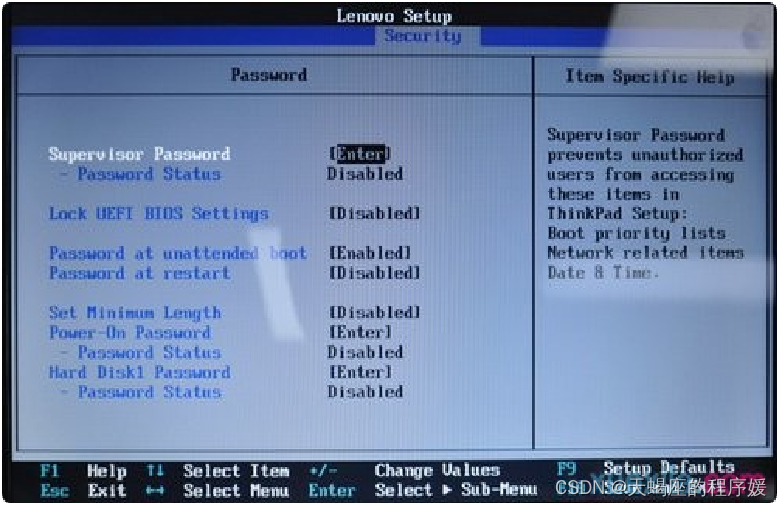
Getting Started with BIOS-8


Getting Started with BIOS-9


Introduction to BIOS-10


Introduction to BIOS-11

